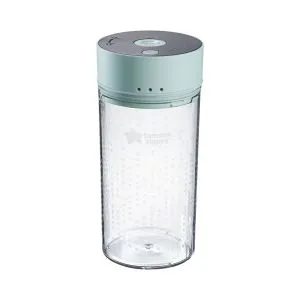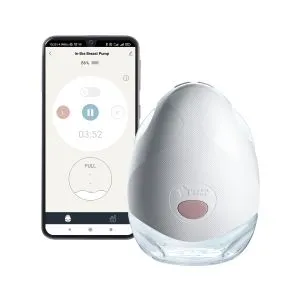How to heat a bottle of milk for a baby
Use an electric bottle warmer
Using a specially designed baby bottle warmer is the easiest way to heat a bottle of breast milk or ready-made formula.
They warm bottles gently to preserve nutrients (meaning no dangerous hot spots), are fast and easy to use and take the guesswork out of warming baby's bottles. Just make sure the bottle warmer you choose is suitable for the types of baby bottles you have, and always follow the instructions.
Use warm tap water
Fill a jug or bowl with warm tap water. The water should be hot enough to heat the bottle, but cool enough so that you can place your hand in it.
Place the bottle in the warm water for no more than 15 minutes. Once the bottle is warmed, swirl it gently to make sure all the milk is warmed evenly, but avoid shaking as this can introduce air bubbles.
Don’t use boiling water
There's no need to boil water to warm a baby's bottle. Remember, you're just trying to gently warm the milk inside to body temperature.
Don’t microwave
Don't heat your baby's milk in a microwave. Microwaves don't always heat evenly, so even if your baby bottle feels okay on the outside, there can be hot spots in the milk that could scald your baby's mouth. And overheating breast milk destroys the nutrients it contains.
It's safer to use a baby bottle warmer or some warm tap water to heat your baby's bottle.
How to check the temperature of your baby’s bottle
Have you ever wondered why people pour milk from their baby's bottle on their wrists to test the temperature? It's because the skin on the inside of your wrist is thin and sensitive, just like your baby's, so this serves as a reliable guide.
It should feel warm (not hot or too cold).










